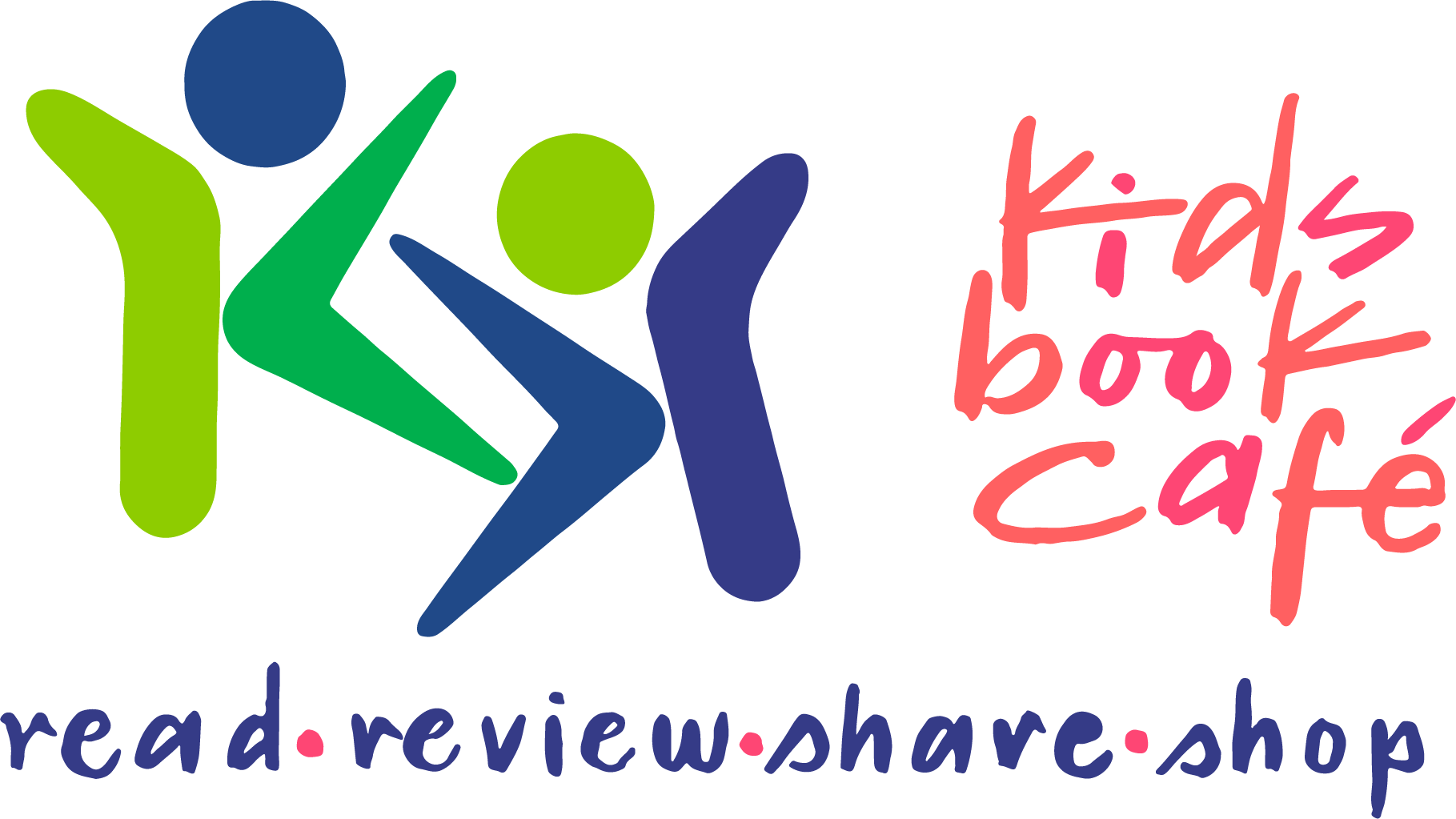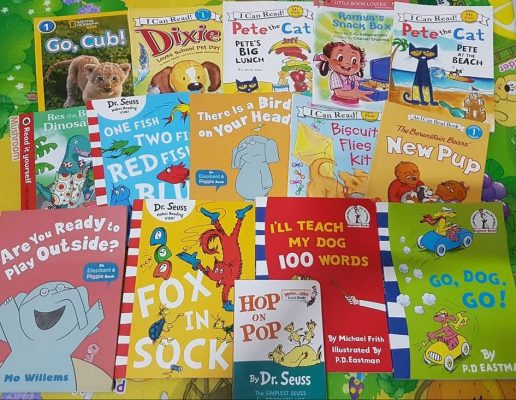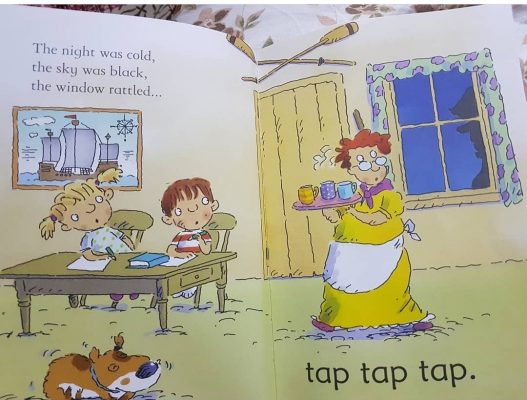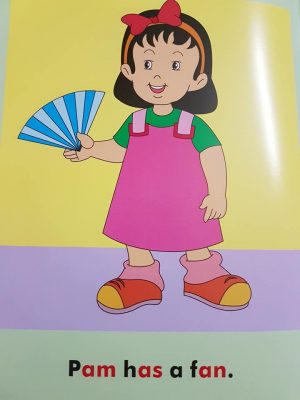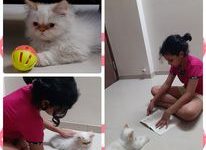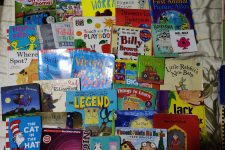Some Phonics. Some Tips. Lots of Reading Fun!
I don’t remember how I learnt how to read but I surely didn’t learn it the phonics way. So, when my son’s playschool introduced alphabet sounds at 2.5 years of age and he seemed to pick them up well I had to read up about this new method, learn it myself and then continue teaching it to my son through the pandemic.
For the uninitiated, phonics is a method of reading by sounding out each letter individually. It is not the only way to learn reading. You and I didn’t learn to read the phonics way and a lot of parents do not follow the phonics method to teach their children to read. If you regularly read to your child, they will eventually learn to read. Choose phonics only if your child is interested in it – you notice them trying to break up words and read.
There is no defined age as such for starting phonics. You can start with letter sounds once the child speaks clearly and fluently. We started at around 2 years and 8 months, however fluency in terms of reading CVC words came around 3.5 years and in terms of reading entire sentences and books, by 4 years. So, it is a slow process requiring immense patience. Initially, the learning has to be all through fun and games. We used the Jolly Phonics: Activity Book 1 along with Jolly Phonics Teacher’s Book as well as the jolly phonics app. The book has fun colouring and sticker activities based on letter sounds, which when combined with the songs from the app make for a fun learning experience. If you want to introduce short words, then Jolly Phonics: Pupil Book 1 is good. [Added by Asha: There are other Jolly Phonics Activity books as well as a phonics activity bookset available.]
Laying a strong foundation of letter sounds is crucial. For this we used phonics activity books from dreamland, which has several activities of matching beginning, ending and middle sounds to objects. After this comes blending, which can be a daunting task and requires patience. I made a car racing game with basic CVC (Consonant Vowel Consonant) words on a thick paper and a road under it. With a toy car on the road we would sound each letter individually first, then faster, and faster till they blend into the word.
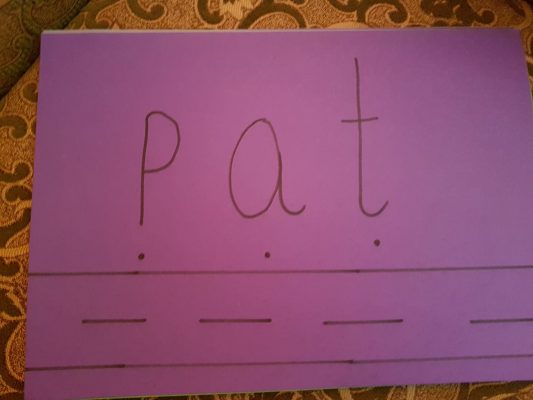
Few tips that helped us:
i. Start with lower case letters as all books are printed in lowercase so kids find it easier to read and memorise.
ii. Follow the jolly phonics order of introduction of sounds s, a, t, p, n. This helps in being able to form easy words right from the start.
iii. Play I-spy in whatever book you are reading. Try to find alphabets / sight words / words.
Books that we for this stage are:
i. My Very First Reading Library from Usborne: It comes with 50 books, each with levelled reading difficulty. The stories are different from the regular fairy tales and very engaging. The first book in the series, pirate pat, will get the child interested right from the start. The book has larger text on the left that the parents can read, and smaller three letter sentences on the right that the kids can read. I love the exercises they have at the end of the book. If you want to buy just one set, go for this.
ii. Jollykids Storytime: At the beginning stage of reading some kids (like mine) want a really colourful, bright, glossy picture book for it to be attractive. If your kid is like mine, go for this series to start with. Once they start with this, they will take to everything else.
iii. Scholastic Little Learners Pack (Sight words): This helps in introducing and learning the sight words, which can otherwise be a daunting task. It has fun colouring and other activities that help the children memorise sight words.
iv. Fitzroy Readers: This series is good for independent reading practice in a graded way (starts with only cvc). The stories have colourful pictures, and introduce sight words in a graded way. But, the best, as per me, is the workbook. It has tonnes of fun activities, especially the word find.
v. Mix And Match Farm Animals – This is not a phonics book or an early reader, but this book has been such a fun book to practice phonics. The book is divided into three flaps, and when arranged right they describe and spell out a farm animal (very cute illustrations too!). But, if you want some phonics fun, mix up the flaps, and make up an imaginary animal, and try pronouncing it. Then read about the characteristics it has!
Finding early, self readers can become challenging. There are several boxes that these books need to tick – the language needs to be easy, kids should be able to read them phonetically, the stories should be engaging, and they should have pictures because kids at this age usually have not moved out of the picture book phase. Here are the early, self readers that we have enjoyed.
i. Usborne Phonics Readers – These are possibly the best phonics based books you can find. Each book focuses on a different sound (Example: “Fat cat on a mat” focusses on “at” words), and children who can blend cvc / cvcc and have basic knowledge of sight words will absolutely enjoy these. The stories are funny, the illustrations absolutely delightful and the books even have foldouts for the kids to enjoy. I highly recommend these lovely books. We absolutely love Goose On The Loose and Raccoon On The Moon. The bookset of 12 is very popular and works out to be economical.
ii. Ladybird Read It Yourself – These are absolutely lovely books, available as levelled readers. You get them separately or as a boxed set. We have Rex The Big Dinosaur, which is possibly Neil’s favourite book to read by himself. The bright and colourful illustrations, easy words, dinosaur based story and engaging activities at the end, all combine to make this a lovely book.
iii. I Can Read! series – This series has simple, easy to read sentences with bright pictures. There are different series within this and we have the I Can Read! My Favourite Dog Stories boxset (this has some books from the Berenstain Bears series and Pinkalicious series, which are extremely loved at home), along with some books from I Can Read! Pete The Cat series. Pete the Cat series is really good, with short sentences, funny stories and a lesson woven into them.
iv. Elephant And Piggie series – This is possibly one of our favourite series to read. If your child hesitates to read, get them a book from this series. The stories involve an elephant (Gerald) and a pig (Piggie), with short dialogues of each of them. This series allows us to gamify reading with the parent (or one sibling) reading the dialogues of one of the characters and the child reading the dialogues of the other. In this series we have three books – There Is A Bird On Your Head, Are You Ready To Play Outside? and I Will Surprise My Friend! Shipra and Sharav totally enjoy this series and had done a lovely read aloud of Waiting Is Not Easy!
v. Ms Moochie series – We have one book from this delightful series, Ramya’s Snack Box. It has lovely illustrations and small, easy to read words. The story is wonderfully engaging, funny and heartwarming at the same time.
vi. Dr Seuss and PD Eastman Books – There are some lovely early readers by Dr Seuss and PD Eastman (published by Dr Seuss books). The beauty of Dr Seuss books like Fox In Socks and One Fish Two Fish Red Fish Blue Fish, is the made up words that kids love to pronounce phonetically. PD Eastman books like Go, Dog. Go! and I’ll Teach My Dogs 100 Words have very simple words and are easy to read. My child has enjoyed reading all of these books. [added by asha: BEGINNER BOOKS by PD Eastman come highly recommended by Sreyoshi as her 5yo loves reading them by himself. They are for 3-7 years and in Sreyoshi’s words: “…the boys absolutely love all the stories and they are great for early readers to read independently.”]
vii. Nat Geo Readers – These Nat Geo books are levelled readers, meant to be read by the child individually. They are great for children like mine who enjoy reading non fiction more than fiction. The sentences are simple and easy to read, and each book focuses on only one topic. We have a Level 1 Reader – Go, Cub!, and a Level 4 Reader – Whales.
viii. Maverick Early Readers – Children want to read books that are funny, engaging and have bright pictures. These readers (they are levelled readers in ten bands) fulfil all these criteria. These books are not only easy to read, but they are really funny!
ADDED BY ASHA: Since Amardeep’s post has become our go-to-post for all things PHONICS, I’m sharing the most popular and frequently ordered Phonics books here. Some have already mentioned by Amardeep.
1. FITZROY READERS BOOKS 1-10 – very very popular and highly recommended – we have heaps of reviews and videos of how our kbc childoos have started reading independently with this series.
2. Jolly Kids Story Time Phonics Book Series 1 (Set of 10) – we have many awesome reviews of this set in the group.
2 b). Jolly Phonic Little Word Books (set of 14 books) – for 3-5 years. Apoorva Sridhar highly recommends this set. She introduced her son to these when he was 3.8 years old. She has shared a video of the inside pages here in the kbc fb group.
3. Boonde Phonics Flash Cards for Kids – highly recommended by Anuradha. To quote her:
So I got these flash cards on Asha’s recommendation and they turned out to be exactly what I wanted! My daughter is 3 years old and I have enrolled her for virtual phonics classes. However much we know online is the way right now and for God knows how long, I still am a firm believer of personal touch that in person classes provides. But this was the only option to keeping her engaged and channeling her energy constructively for an hour each day. I wanted some aids for phonics for myself because I have never learnt them. I have begun with them today and was pleasantly surprising that they use small letters, which makes it twice the worth.
4. BOB Books come highly highly highly recommended! These books come in different boxsets for different levels and are published by Scholastic.
BOB BOOKS WORKBOOKS are also available.
These boxes can be ordered from Scholastic via our kbc storefront as well.
[Note from Team Kids Book Café: For your ordering convenience, affiliate links (MARKED IN PINK) to some of the book titles & images have been added to enable you to buy the books from AMAZON, should you wish to! As kidsbookcafe.com is part of the Amazon Affiliate Programme, a very small amount of money comes to kidsbookcafe.com when you purchase a book via the amazon affiliate link provided (at absolutely no extra cost to you!). Do let us know if you need information about other children’s books by writing to asha@kidsbookcafe.com.]
